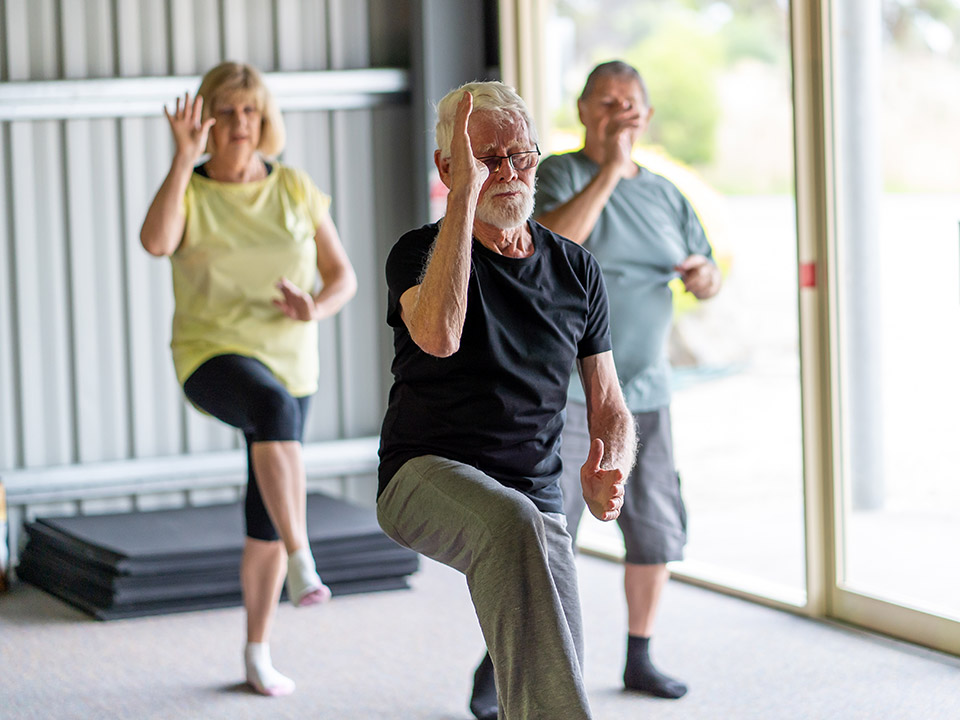Balance and coordination are essential skills for everyday life. Whether you’re walking, running, or playing sports, having good balance and coordination can help prevent injuries and improve overall performance. However, these skills can deteriorate with age or lack of practice. The good news is that there are many ways to improve your balance and coordination, and in this blog post, we will discuss the best methods to do so.
1. Incorporate Balance Exercises into Your Workout Routine
One of the most effective ways to improve your balance and coordination is by incorporating specific exercises into your workout routine. These exercises can help strengthen the muscles that are responsible for balance and coordination, such as your core, legs, and ankles.
Some examples of balance exercises include single-leg stands, heel-to-toe walks, and standing on a balance board or cushion. These exercises challenge your body to maintain stability and improve your proprioception, which is your body’s awareness of its position in space.
2. Practice Yoga or Pilates
Yoga and Pilates are both excellent forms of exercise that can help improve your balance and coordination. These practices focus on body awareness, control, and balance, making them ideal for enhancing these skills.
Yoga poses, such as tree pose and warrior III, require you to balance on one leg while maintaining proper alignment and control. Pilates exercises, such as the single-leg stretch and the side plank, also challenge your balance and coordination by engaging your core and stabilizing muscles.
3. Try Tai Chi
Tai Chi is a Chinese martial art that combines slow, controlled movements with deep breathing and meditation. It is often referred to as “moving meditation” and has been shown to improve balance and coordination in people of all ages.
The slow and deliberate movements in Tai Chi help improve muscle strength, flexibility, and balance. It also requires you to shift your weight from one leg to the other, which can improve coordination and stability.
4. Use a Balance Board or Stability Ball
Using a balance board or stability ball is an excellent way to challenge your balance and coordination. These tools force your body to make constant adjustments to maintain stability, which can improve your balance and coordination over time.
You can use a balance board or stability ball for various exercises, such as squats, lunges, and planks. These exercises not only improve your balance and coordination but also target multiple muscle groups for a full-body workout.
5. Incorporate Plyometric Exercises
Plyometric exercises, also known as jump training, are high-intensity movements that involve explosive and powerful movements. These exercises can help improve your balance and coordination by challenging your body to move quickly and efficiently.
Some examples of plyometric exercises include box jumps, jump squats, and lateral hops. These exercises require you to maintain balance and coordination while performing explosive movements, which can translate to better performance in sports and daily activities.
6. Practice Balance and Coordination Drills
In addition to incorporating specific exercises into your workout routine, you can also practice balance and coordination drills to improve these skills. These drills involve performing a series of movements that require balance and coordination, such as hopping on one leg or walking on a balance beam.
You can find many balance and coordination drills online or consult with a personal trainer for personalized drills that cater to your specific needs and goals.
7. Challenge Yourself with Unstable Surfaces
Another way to improve your balance and coordination is by challenging yourself with unstable surfaces. This can include using a balance board, a stability ball, or even performing exercises on a foam mat or a Bosu ball.
Unstable surfaces force your body to make constant adjustments to maintain balance and coordination, which can improve these skills over time. Start with simple exercises and gradually increase the difficulty as you improve.
8. Don’t Neglect Your Core
Your core muscles play a significant role in balance and coordination. A strong core helps stabilize your body and allows for better control of your movements. Therefore, it’s essential to incorporate core-strengthening exercises into your workout routine.
Exercises such as planks, Russian twists, and bicycle crunches can help strengthen your core and improve your balance and coordination. Remember to engage your core muscles during other exercises as well to maintain proper alignment and stability.
9. Practice Mindful Movement
Mindful movement involves being fully present and aware of your body’s movements. It can help improve your balance and coordination by allowing you to focus on your body’s positioning and make the necessary adjustments to maintain stability.
Practicing mindful movement can also help prevent injuries by reducing the risk of falls and improving body awareness. You can incorporate mindful movement into your daily activities, such as walking, climbing stairs, or even brushing your teeth.
10. Be Patient and Consistent
Improving your balance and coordination takes time and consistency. It’s essential to be patient with yourself and not get discouraged if you don’t see immediate results. With regular practice and dedication, you will notice improvements in your balance and coordination over time.
Conclusion
Incorporating these methods into your workout routine and daily activities can help improve your balance and coordination. Remember to be patient and consistent, and don’t be afraid to challenge yourself with new exercises and drills. With time and practice, you will see significant improvements in your balance and coordination, leading to better overall health and performance.
So, what are you waiting for? Start incorporating these tips into your routine and reap the benefits of improved balance and coordination!

